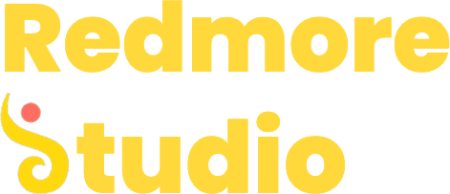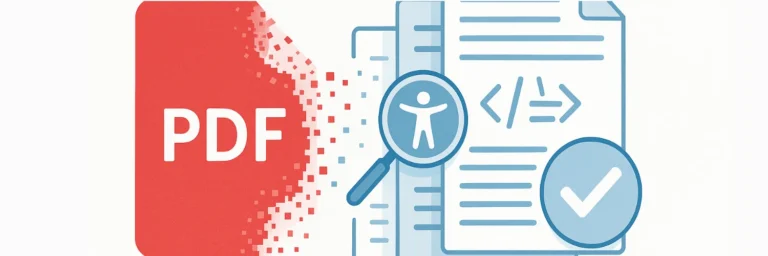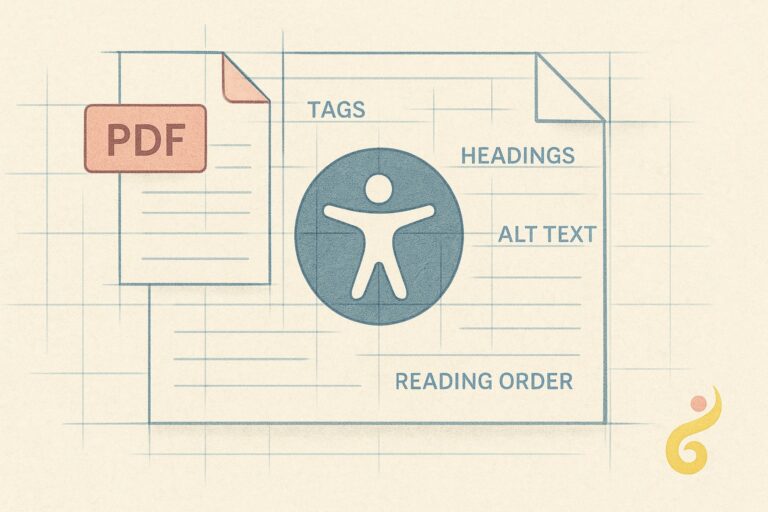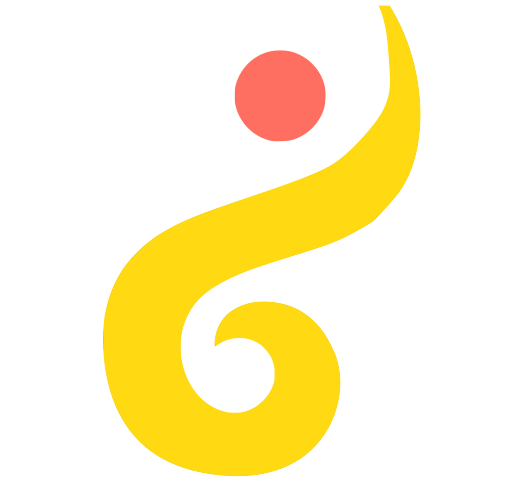Tool Calling lets your agentic AI tap into specialized external resources, APIs, and services. Think of it less as giving AI a cape, and more like handing it a Swiss Army knife—suddenly, it’s got the right tool for any job.
Your AI doesn’t have to master everything itself—it just needs to know where to find the best solution. That’s tool calling in a nutshell.
It delegates complex tasks to better-suited tools, integrates with analytics platforms, handles device-level interactions, and automates tedious steps. Instead of reinventing the wheel, your AI borrows one that spins better.
This is becoming incredibly prevalent. Many large language models now have built-in capabilities for tool calling (also known as function calling or plugin integration). For example, a travel planning AI agent might call a flight booking API (like those from Expedia (see Adivaha’s description of the Expedia API) or Skyscanner (see Adivaha’s description of the Skyscanner API)), a hotel reservation API, a weather API, and a currency conversion tool to construct a complete itinerary. A customer service AI might use tool calling to access a company’s internal order database to check a shipping status or a knowledge base API to retrieve specific troubleshooting steps for a product. Even simpler, an AI assistant like OpenAI’s ChatGPT with Browse capabilities uses tool calling to access live internet information to answer up-to-date questions (OpenAI Help Center – ChatGPT search).
Consider a research agent that summarizes papers, calls a stats engine to run significance tests, generates beautiful charts via a design API, and compiles it all into a report with voice and tone matching your brand.
Tool calling is how your AI crosses from clever idea to real-world result. It transforms isolation into orchestration. In Generative AI for the Curious Businessperson, we break down what tools to connect, how to structure the flow, and why integration always beats improvisation.
Specific Megaphone Placement (Clean): “A clean and modern iconographic representation for ‘Tool Calling’ from the SMART GEAR framework. The letter ‘T’ is the central, prominent design element. The vertical bar of the ‘T’ and the left half of its horizontal bar remain as a standard letterform. The top, right-hand part of the ‘T’s horizontal bar transforms into a stylized megaphone, pointing outwards to the right. Subtle, abstract sound waves or action lines in Accessory Yellow and Accessory Orange should be shown emanating specifically from this megaphone section on the right side of the ‘T’, symbolizing the act of ‘calling’ or activating external tools/resources. The style is professional, abstract, and iconographic. Background is #F5F5F5 (Light Gray). The main structure of the letter ‘T’ could be a solid Primary Blue or Dark Gray (Text). The overall feel should be about actively reaching out, broadcasting requests, and invoking external functions. Ensure no additional text, watermarks, or logos are present in the image. Aspect ratio 1:1.” Imagen 3 via Gemini





